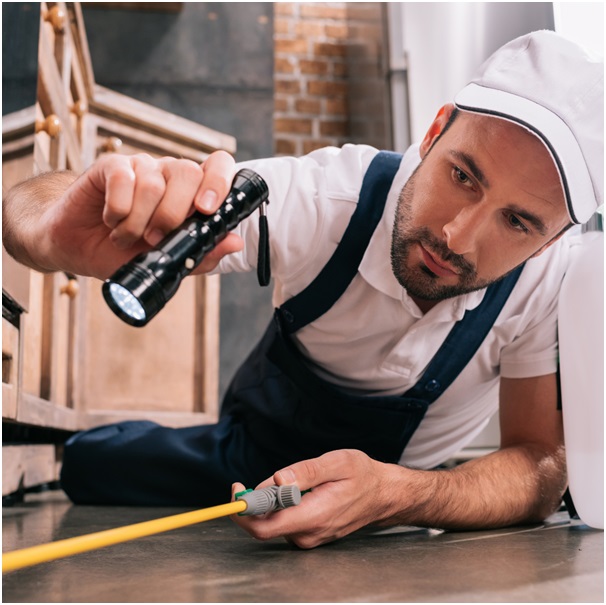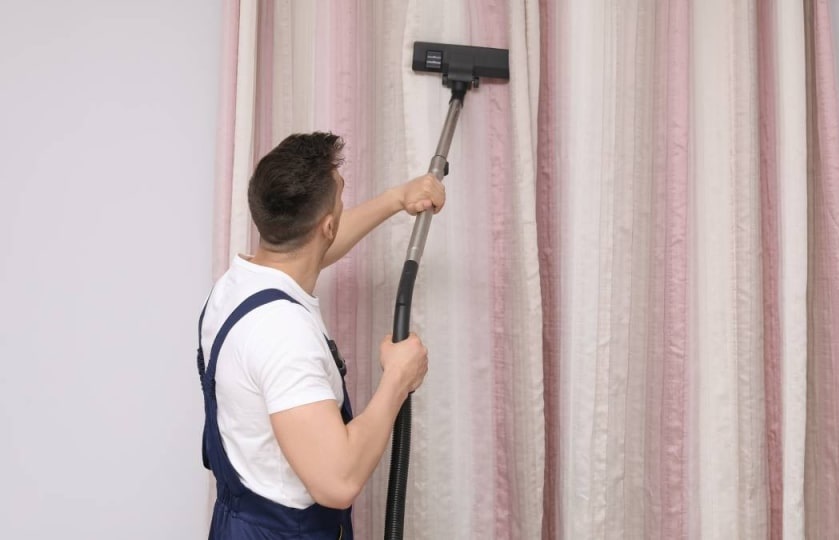Pests in restaurant environments can pose significant risks to food safety and hygiene, potentially leading to health violations and reputation damage. To maintain a clean and pest-free establishment, especially in the “pest control for f&b” sector, it’s essential to avoid common pest control errors.
Here are the top eight mistakes to steer clear of in restaurant pest management:
1. Neglecting Regular Inspections
Regular inspections are the cornerstone of effective pest control in food and beverage (F&B) establishments. Neglecting these inspections can lead to undetected pest infestations, allowing pests to multiply and spread throughout the restaurant. Make it a priority to conduct routine inspections of all areas, including kitchens, dining areas, storage spaces, and outdoor areas, to identify any signs of pest activity promptly.
2. Failing to Seal Entry Points
One of the most common errors in restaurant pest control is failing to seal entry points that pests can use to access the premises. Small gaps around doors, windows, pipes, and utility lines provide easy entry for pests like rodents, cockroaches, and ants. Regularly inspect these entry points and seal any gaps or cracks with appropriate materials to prevent pests from entering the restaurant.
3. Improper Food Storage Practices
Improper food storage practices can attract pests and provide them with a readily available food source. Leaving food uncovered, storing it in cardboard boxes, or allowing food debris to accumulate can attract pests like flies, rodents, and stored product pests. Ensure that all food items are stored in sealed containers, properly labelled, and organised to minimise the risk of pest infestations.
4. Overlooking Proper Waste Management
Waste management is a critical aspect of restaurant pest control that is often overlooked. Accumulated food waste in bins, dumpsters, or storage areas can attract pests like flies, rodents, and cockroaches. Implement a strict waste management protocol that includes regular removal of trash, cleaning of bins and dumpsters, and proper disposal of food waste to deter pests from congregating around the restaurant.
5. Ignoring Moisture Issues
Moisture problems can create ideal breeding grounds for pests such as mosquitoes, flies, and cockroaches. Leaky pipes, dripping faucets, and condensation buildup in kitchens and bathrooms can attract pests and contribute to pest infestations. Address any moisture issues promptly by repairing leaks, improving ventilation, and maintaining proper drainage to discourage pests from thriving in damp environments.
6. Using Incorrect Pest Control Methods
Using incorrect or ineffective pest control methods can exacerbate pest problems and pose risks to food safety. Relying solely on over-the-counter pesticides without understanding their proper application or effectiveness against specific pests can lead to pesticide resistance and environmental contamination. Consult with professional pest control services specialising in restaurant environments to develop a tailored pest management plan using safe and effective methods.
7. Neglecting Employee Training
Employee training plays a crucial role in maintaining proper hygiene practices and preventing pest infestations in restaurants. Neglecting employee training on pest awareness, sanitation protocols, and reporting procedures can result in lapses in pest control efforts. Provide comprehensive training to all staff members on identifying pest signs, practising good hygiene, and reporting any pest sightings or concerns promptly.
8. Lack of Collaboration with Professional Pest Control Services
Attempting to manage pest issues internally without seeking assistance from professional pest control services can be a costly mistake for restaurants. Professional pest control companies specialising in F&B environments have the expertise, resources, and tools necessary to address pest infestations effectively. Collaborate with a reputable pest control provider to develop a customised pest management plan tailored to the specific needs of your restaurant.
In conclusion, avoiding these top eight pest control errors is crucial for maintaining a clean, safe, and pest-free environment in restaurant establishments. By prioritising regular inspections, sealing entry points, implementing proper food storage and waste management practices, addressing moisture issues, using correct pest control methods, providing employee training, and collaborating with professional pest control services, restaurants can effectively mitigate pest risks and uphold high standards of hygiene and food safety.

For expert pest control solutions tailored to your restaurant’s needs, contact Kingpin Solutions today!











